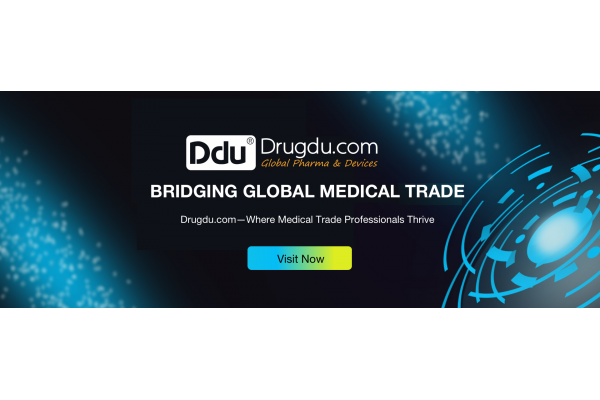【EXPERT Q&A】What certification is required for medical device export clearance to the United States?
September 13, 2024
Source: drugdu
 450
450
Drugdu.com expert's response:
Exporting medical devices to the United States for customs clearance involves fulfilling a series of certifications and requirements, primarily encompassing the following aspects:
Ⅰ. FDA Registration and Certification
FDA Registration: Manufacturers or exporters need to register with the Food and Drug Administration (FDA) in the United States to legally sell medical devices in the American market. This process is typically completed through FDA's Electronic Registration System (FURLS).
510(k) Premarket Notification: For medical devices classified as "Class II" (Premarket Notification), a 510(k) submission is generally required. This application demonstrates that the device is technologically similar to a legally marketed device and meets FDA requirements. The review period typically takes 90 days.
PMA Application: For high-risk medical devices classified as "Class III" (Premarket Approval), a PMA (Premarket Approval Application) may be necessary. This is a more rigorous application requiring substantial clinical data and evidence to prove the safety and effectiveness of the product. The review period can extend up to 180 days or longer.
Ⅱ. GMP Requirements
Manufacturers must comply with FDA's Good Manufacturing Practices (GMP) to ensure that medical devices are produced according to high-quality standards. This includes adhering to Quality System Regulations (QSRs, 21 CFR Part 820) to maintain the ongoing quality of the devices.
Ⅲ. Labeling and Marking Requirements
Medical devices must have compliant labeling, including the device name, manufacturer's information, instructions for use, warnings, and precautions. All labeling should be in English, unless distributed in Puerto Rico or a US territory where English is not the primary language.
Ⅳ. Unique Device Identification (UDI)
As per FDA requirements, each medical device must obtain a Unique Device Identification (UDI) number and display it on the product. This aids FDA in tracking and monitoring the device's usage in the market.
Ⅴ. Other Special Certifications
Depending on the type and specific requirements of the medical device, additional certifications may be necessary, such as ISO certifications (e.g., ISO 13485 for quality management systems) or CE certification (which, if obtained for the European market, can be helpful for US exports).
Ⅵ. Import Clearance Documents
Commercial Invoice: Detailing the description of goods, quantity, unit price, and total value.
Packing List: Listing the contents of each package.
Certificate of Origin: Providing proof of the origin of the goods, if required.
Ⅶ. Cargo Inspection and Release
Upon arrival at a US port, all necessary documents must be submitted to the US Customs and Border Protection (CBP) and FDA, CBP and FDA may inspect the cargo to ensure compliance with all import regulations. If all documents and devices are in compliance, the cargo will be released into the US market.
In summary, exporting medical devices to the United States for customs clearance requires completing FDA registration and certification, adhering to GMP requirements, meeting labeling and marking requirements, obtaining UDI numbers, potentially acquiring other special certifications, and submitting necessary import clearance documents. Additionally, ensuring compliance with all import regulations during the inspection process is crucial for smooth entry into the American market.

Read more on
- 【EXPERT Q&A】What are the evaluation criteria for the verification of clinical trials of Class II medical devices? January 9, 2026
- 【EXPERT Q&A】What are the requirements for quality management in medical device production? January 7, 2026
- 【EXPERT Q&A】What are the requirements for the production of Class I medical devices? January 5, 2026
- 【EXPERT Q&A】What qualifications does a medical device company need to obtain? January 2, 2026
- 【EXPERT Q&A】What Do Class I, II, and III Medical Devices Specifically Refer to in the Classification of Medical Devices? What Are the Classification Bases? December 31, 2025
your submission has already been received.
OK
Subscribe
Please enter a valid Email address!
Submit
The most relevant industry news & insight will be sent to you every two weeks.



